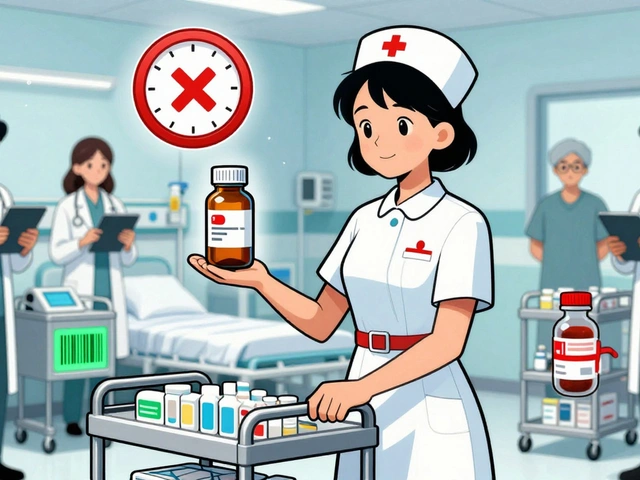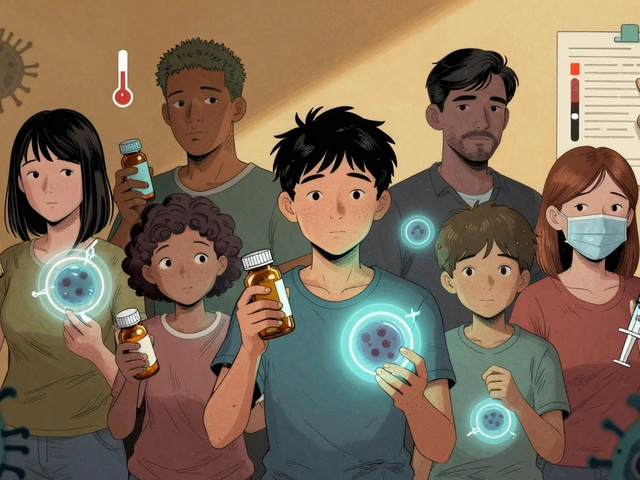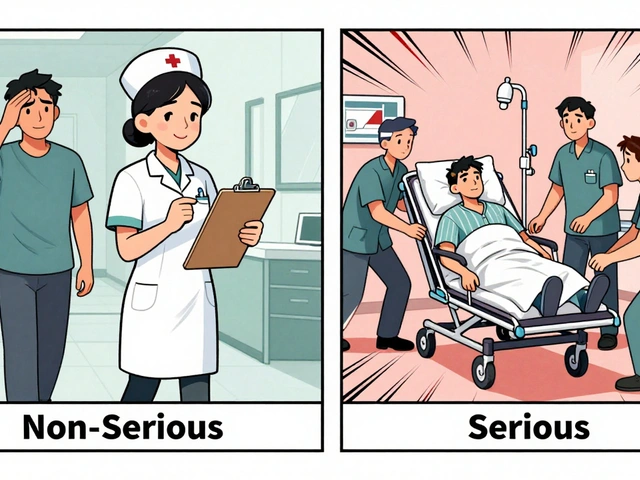Antidepressant Options
Feeling stuck choosing an antidepressant? You’re not alone. There’s no one-size-fits-all pill, but knowing the main options, how they work, and what to watch for makes decisions easier. This guide breaks down common drug classes, realistic timelines, side effects to expect, and safe ways to buy prescriptions online.
Common types and how they differ
Most doctors start with an SSRI (selective serotonin reuptake inhibitor) like sertraline or fluoxetine. SSRIs raise serotonin and usually have milder side effects than older drugs. If SSRIs don’t help, SNRIs (serotonin-norepinephrine reuptake inhibitors) such as venlafaxine add norepinephrine action, which can help some people with low energy or pain symptoms.
Other options include atypical antidepressants (bupropion, mirtazapine) that target different brain chemicals, and older classes like tricyclics or MAOIs, which are effective but often have stronger side effects and drug interactions. Your history, medical conditions, and current meds matter: what’s safe for one person might be risky for another.
Choosing the right option and what to expect
Expect 4–8 weeks before full benefits. Early changes usually involve sleep and appetite shifts, then mood follows. If you get side effects, note when they started and whether they’re mild or severe. Common short-term issues include nausea, sleep changes, or sexual side effects. If side effects are intolerable or you see worsening thoughts, contact your prescriber right away.
Talk openly with your clinician about goals (better sleep, more energy, fewer panic attacks), past responses to meds, and family history. Sometimes a low dose of one drug works; other times combining med plus therapy or switching classes is best. Don’t stop suddenly—many antidepressants need tapering to avoid withdrawal symptoms.
Non-drug tools matter. Cognitive behavioral therapy, regular activity, sleep hygiene, and steady routines add real benefit and often make meds work better. For people with treatment-resistant depression, options include medication combos, TMS (transcranial magnetic stimulation), and in some cases supervised ketamine or esketamine—talk to a specialist about these.
Buying meds online? Only use pharmacies that require a prescription, display a physical address, and have clear pharmacist contact info. Avoid sites that sell controlled meds without a prescription or push unusually cheap prices. Check reviews, look for verified seals, and when in doubt ask your doctor if a pharmacy is trustworthy.
If you’re researching choices, write down symptoms, past treatments, and questions before appointments. That makes conversations quicker and safer. If you ever feel like you might harm yourself, get urgent help—call your local emergency number, a crisis line, or go to the nearest emergency room. Treatment options exist, and a good plan starts with clear facts and honest talk with your clinician.

7 Alternatives in 2025 to Duloxetine: What Works, What Doesn’t
Looking for Duloxetine alternatives in 2025? This article lays out clear, no-nonsense details about other medications you can consider. We break down the pros and cons of each, help you compare side effects, and share relevant facts so you can make better choices with your doctor. Expect honest talk and up-to-date info that connects the dots between real-life use and medical advice. Whether you’re dealing with chronic pain, depression, or both, these options may fit your needs.
View More




